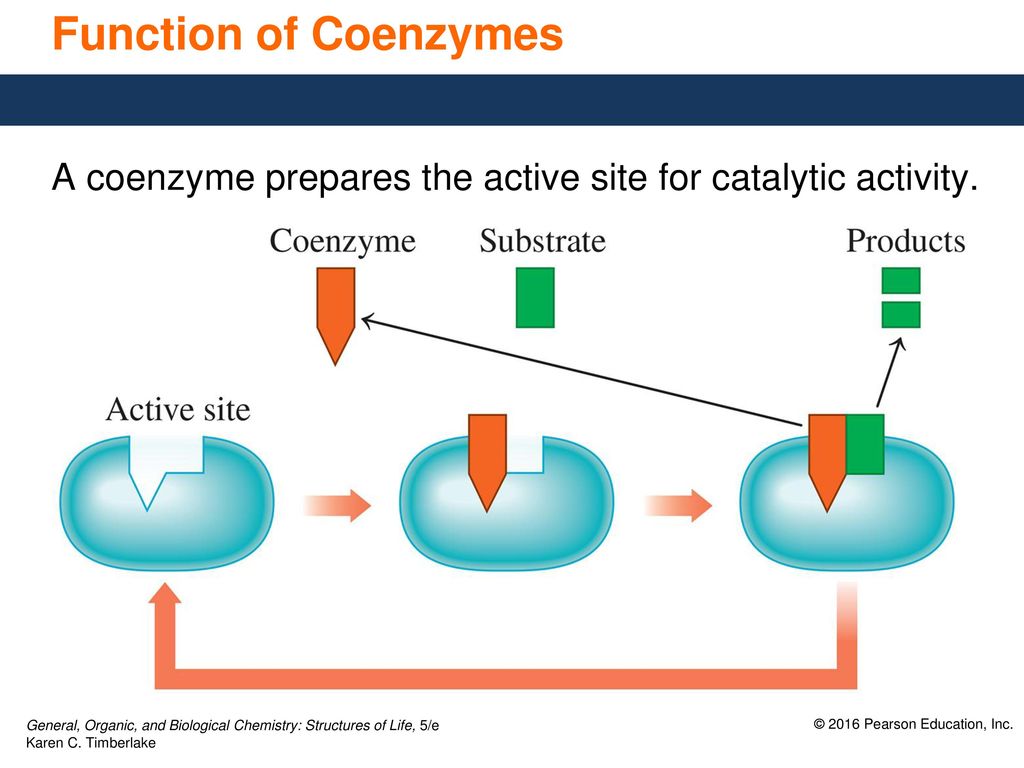Coenzymes Research
Coenzymes and cofactors are molecules that help an enzyme or protein to function appropriately. Coenzymes are organic molecules and quite often bind loosely to the active site of an enzyme and aid in substrate recruitment, whereas cofactors do not bind the enzyme. Cofactors are “helper molecules” and can be inorganic or organic in nature. These include metal ions and are often required to increase the rate of catalysis of a given reaction catalyzed by the specific enzyme. These coenzymes and cofactors play an integral role in a number of cellular metabolism reactions playing both structural and functional roles to aid in the catalysis.

Coenzyme is a class of vital cog in the body’s energy-producing machinery, a kind of chemical gateway in the conversion of food into cellular fuel. But six decades removed from its discovery, scientists still can’t describe exactly how and when it is made.
JEMbioscience research team put intensive efforts into the list of unknowns. How does it migrate around in the cell? How does it get used up and replenished? What genes and proteins are responsible for Coenzyme dysfunction? Why does its presence decline as people age?
JEMbioscience research team is dedicated to chipping away at many of these knowledge gaps in Coenzyme production and in understanding the role of Coenzyme deficiency in human disease. Coenzyme deficiencies are implicated in scores of diseases, including liver and lung failures, muscle weakness, deafness and many brain disorders such as Parkinson’s and cerebellar ataxia. Coenzyme is almost exclusively produced within the body and is often very difficult to replenish through nutritional supplements.
Against this backdrop, JEMbioscience is developing new tools to shed light on Coenzyme function, primarily by finding and defining proteins that have a direct link to the chemical.
